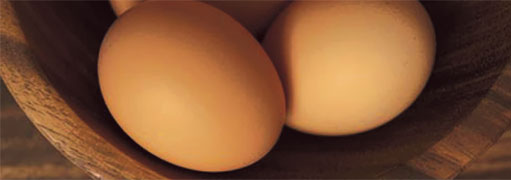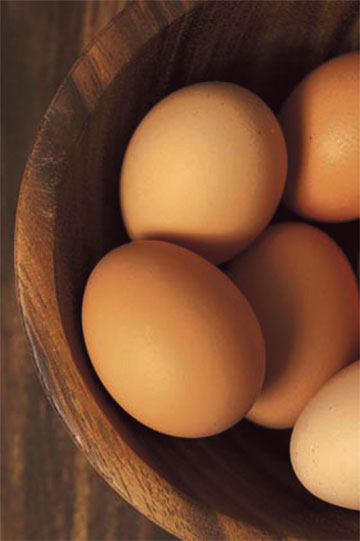Food For Thought: Sweeping (But Slow) Changes For Factory Egg Farming Could Be Headed Our Way
Is This The Beginning Of Better Factory Farms?


Ari LeVaux
Latest Article|September 3, 2020|Free
::Making Grown Men Cry Since 1992


Ari LeVaux
